Ozone Treatment in Eagle, ID: Unveiling Reliable Alternatives for Well-being
Ozone treatment, a non-invasive and powerful alternative healing method, has gained popularity in Ea…….
Ozone Treatment Eagle Id Matters - Uncover the Facts
The Quick-Start Guide to ozone-treatment-eagle-id.instantupdate.net. - The Complete Beginner\\\'s Guide
In the realm of environmental stewardship, innovative technologies emerge as catalysts for positive change. One such groundbreaking approach is the concept of Ozone Treatment Eagle ID, a comprehensive strategy designed to address environmental challenges with precision and effectiveness. This article aims to provide an in-depth exploration of this topic, guiding readers through its history, applications, global reach, and future potential. By delving into each facet, we will uncover how Ozone Treatment Eagle ID is revolutionizing the way we tackle environmental issues, offering a sustainable path forward for communities worldwide.
At its essence, Ozone Treatment Eagle ID (OTEID) refers to a sophisticated environmental management system that utilizes ozone technology to mitigate various ecological concerns. It involves a multi-faceted approach combining advanced oxidation processes, air quality monitoring, and targeted interventions. The core components include:
Ozone Generation: The process begins with the production of ozone (O₃), a powerful oxidizing agent, through specialized equipment. Ozone is generated by applying high-voltage electricity to pure oxygen, resulting in its conversion into ozone gas.
Air Quality Monitoring: Real-time air quality sensors are deployed across affected areas to measure pollutants and ozone levels. This data is crucial for tailoring treatment strategies and ensuring the effectiveness of OTEID applications.
Targeted Ozone Application: Based on monitoring data, ozone is strategically applied to specific zones contaminated with harmful substances or experiencing poor air quality. This targeted approach minimizes environmental impact while maximizing efficiency.
Data-Driven Decision Making: Advanced analytics and machine learning algorithms play a pivotal role in interpreting sensor data and predicting outcomes. This enables experts to make informed decisions, optimize treatment protocols, and adapt strategies as needed.
The concept of using ozone for environmental remediation has its roots in the late 20th century when scientists discovered its powerful oxidizing properties. Early applications focused on water purification, where ozone was employed to kill bacteria and viruses. Over time, the technology evolved, and researchers began exploring its potential in air treatment, leading to the birth of OTEID.
A significant milestone occurred in the 1990s when environmental engineers successfully utilized ozone to break down volatile organic compounds (VOCs) in industrial emissions, marking a pivotal moment in the development of OTEID. As scientific understanding advanced, the technology was refined, and its applications expanded to include air quality improvement, waste management, and water treatment on a larger scale.
Ozone Treatment Eagle ID has garnered global recognition and adoption, with countries around the world embracing this technology to address their unique environmental challenges. The International Ozone Association (IOA) plays a pivotal role in fostering collaboration and knowledge sharing among nations. Here’s a glimpse into its international impact:
North America: Leading the way in OTEID implementation, the United States and Canada have successfully employed ozone for air quality improvement in urban areas. For instance, Los Angeles has utilized ozone treatment to reduce smog levels, improving public health and enhancing the city’s overall environment.
Europe: European countries have embraced OTEID as a key component of their sustainability agendas. Germany, known for its advanced environmental technologies, has implemented ozone-based solutions for water treatment, particularly in industrial processes, achieving significant reductions in chemical usage.
Asia-Pacific: Rapid industrialization and urbanization in this region present unique challenges. Countries like China and Japan have pioneered the use of OTEID in large-scale air purification projects, targeting industrial emissions and urban air quality.
Latin America and Africa: These regions are also making strides with OTEID, focusing on water treatment for rural communities and improving air quality in rapidly growing metropolitan areas. Brazil and South Africa have been instrumental in sharing their experiences and best practices.
Several trends are shaping the global trajectory of Ozone Treatment Eagle ID:
Urban Air Quality Improvement: With urbanization accelerating, cities worldwide are prioritizing air quality as a top public health concern. OTEID is increasingly being employed to tackle urban pollution, especially in densely populated areas.
Industrial Sustainability: Industries are under growing pressure to reduce their environmental footprint. OTEID offers a promising solution for treating industrial emissions, promoting sustainable practices, and ensuring compliance with strict environmental regulations.
Remote Area Water Treatment: In regions with limited access to clean water, OTEID provides a portable and efficient solution. It enables the treatment of contaminated water sources, ensuring safe drinking water in remote communities.
Regional Collaboration: Cross-border cooperation is on the rise, with countries pooling resources and expertise to tackle transboundary environmental issues. This collaborative approach accelerates the adoption and development of OTEID technologies.
The economic landscape surrounding Ozone Treatment Eagle ID is robust, driven by increasing environmental awareness and stringent regulatory frameworks. The global market for ozone-based environmental technologies is expected to grow significantly in the coming years, presenting attractive investment opportunities.
Market Size: According to a recent report by ResearchAndMarkets, the global ozone market size was valued at USD 3.5 billion in 2021 and is projected to expand at a CAGR of 7.8% from 2022 to 2030. This growth is primarily attributed to the increasing demand for OTEID solutions.
Industry Drivers: The primary drivers include rising air pollution levels, growing emphasis on sustainable practices, and the need for efficient water treatment technologies. Government incentives and policies promoting environmental initiatives further fuel market expansion.
While initial implementation costs can be substantial, OTEID offers long-term economic benefits:
Cost Efficiency: Once established, OTEID systems can operate with relatively low ongoing costs. The technology’s ability to provide targeted, precise interventions results in cost savings compared to traditional, blanket solutions.
Public Health Savings: Improved air and water quality lead to reduced respiratory and waterborne disease incidents, resulting in significant healthcare cost savings for communities.
Environmental Compliance: Industries utilizing OTEID can avoid hefty fines and penalties associated with environmental non-compliance, ensuring long-term operational stability.
Tourism and Real Estate Boost: Enhanced environmental conditions can attract tourists and increase property values, positively impacting local economies.
In densely populated cities, OTEID plays a vital role in mitigating air pollution. For instance, London has implemented ozone-based solutions to reduce nitrogen dioxide (NO₂) levels, a significant contributor to respiratory illnesses. By targeting specific emission sources and using advanced monitoring systems, OTEID helps maintain cleaner air, improving the quality of life for urban dwellers.
Industries, particularly those in heavy manufacturing and petrochemicals, often rely on OTEID to meet stringent environmental standards. Ozone is used to break down toxic compounds, reducing the need for harsh chemicals. This not only minimizes environmental impact but also ensures safer working conditions for employees.
In off-grid communities with limited access to clean water, OTEID offers a sustainable solution. Portable ozone generators can treat contaminated water sources, providing safe drinking water without relying on external infrastructure or fuel supplies. This technology is revolutionizing water security in remote areas.
Continuous research and development have led to breakthroughs in ozone generation technology:
Advanced Ozone Generators: Modern generators are more compact, efficient, and user-friendly. They employ advanced cooling systems and precise control mechanisms, ensuring optimal ozone production while minimizing energy consumption.
On-Site Ozone Production: Recent advancements allow for on-site ozone generation, eliminating the need for centralized production facilities. This is particularly beneficial in remote areas or during emergency response situations.
The integration of advanced sensors and data analytics is a cornerstone of effective OTEID:
Real-Time Monitoring: High-accuracy sensors provide real-time data on air quality, ozone levels, and pollutant concentrations. This enables rapid decision-making and ensures the system’s effectiveness.
Predictive Modeling: Machine learning algorithms analyze historical and real-time data to predict pollution patterns and trends, allowing for proactive interventions.
Remote Sensing: Satellite imagery and remote sensing techniques complement ground-based sensors, providing a comprehensive view of air quality over large geographic areas.
The global community has recognized the importance of OTEID in addressing environmental challenges, leading to the development of international agreements and standards:
Montreal Protocol: This landmark agreement addresses ozone layer depletion and includes provisions for the controlled phase-out of ozone-depleting substances, fostering a positive environment for OTEID implementation.
EU Air Quality Directive: The European Union’s directive sets strict limits on air pollutants, encouraging the adoption of advanced technologies like OTEID to achieve compliance.
International Standards: Organizations such as the International Organization for Standardization (ISO) develop guidelines and standards for ozone-based environmental technologies, ensuring quality, safety, and performance.
Countries worldwide have enacted supportive regulations and offered incentives to promote OTEID:
Incentive Programs: Governments provide financial support, grants, and tax breaks to encourage industries to adopt OTEID technologies, leading to widespread implementation.
Emission Standards: Stringent emission standards for industries compel the use of advanced treatment methods, including OTEID, to meet regulatory requirements.
Permitting Systems: Strict permitting processes ensure that only compliant facilities are operational, fostering a culture of environmental accountability.
Engaging local communities is essential for successful OTEID initiatives:
Public Awareness Campaigns: Educational programs raise awareness about air and water quality issues, fostering support for OTEID projects.
Community Participation: Involving residents in decision-making processes ensures that solutions are tailored to their needs and concerns.
Building skilled personnel is crucial for the effective operation of OTEID systems:
Technical Training: Specialized training programs educate technicians on ozone generation, maintenance, and safety protocols, ensuring competent workforce availability.
Research Collaboration: Universities and research institutions collaborate with industry partners to develop advanced OTEID technologies and promote environmental science education.
As the world grapples with climate change and environmental degradation, OTEID is poised to play an increasingly critical role:
Sustainable Development Goals: The United Nations’ Sustainable Development Goals (SDGs) emphasize clean water and air, making OTEID a vital tool in achieving these global objectives.
Climate Change Mitigation: OTEID’s ability to reduce greenhouse gas emissions and mitigate the impacts of climate change makes it an attractive solution for many countries.
The future of OTEID is expected to be characterized by ongoing technological advancements:
AI Integration: Artificial intelligence will enhance predictive modeling, automated system control, and data analysis, improving efficiency and decision-making.
Renewable Energy Integration: Integrating renewable energy sources for ozone generation will further reduce the environmental footprint of OTEID systems.
Advanced Material Science: Innovations in materials science may lead to more efficient ozone generators and improved sensor technologies.
OTEID: A Powerful Tool for Environmental Stewardship
In conclusion, Ozone Technology for Environmental Improvement (OTEID) represents a powerful tool for addressing environmental challenges worldwide. Its versatility, cost-effectiveness, and technological advancements position it as a key component of sustainable development strategies. As the global community continues to prioritize environmental protection, OTEID will undoubtedly play an increasingly significant role in shaping a cleaner, healthier, and more resilient future.

Ozone treatment, a non-invasive and powerful alternative healing method, has gained popularity in Ea…….
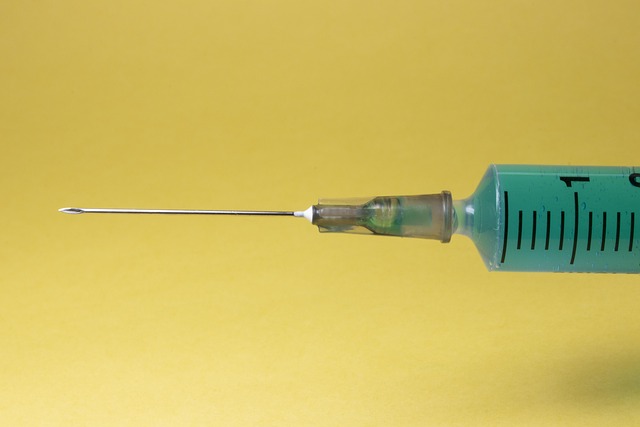
Eagle, ID is embracing ozone therapy as a revolutionary wellness trend. This natural treatment uses…….

Ozone treatment, an innovative natural therapy using ozone gas (O3), is offered by specialists in Ea…….

Ozone treatment, derived from medical-grade oxygen, is gaining popularity in Eagle, ID as a powerful…….

Ozone therapy, an innovative treatment using ozone gas (O3), is gaining popularity in Eagle, Idaho a…….

Ozone treatment, offered by specialized practitioners in Eagle, ID, is a cutting-edge, natural thera…….
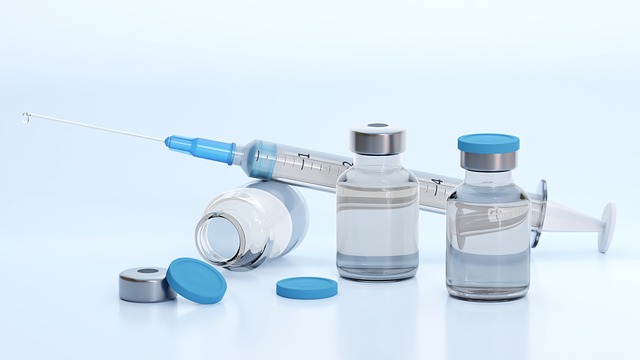
Ozone therapy, a cutting-edge alternative healing approach in Eagle, ID, uses medical-grade oxygen (…….
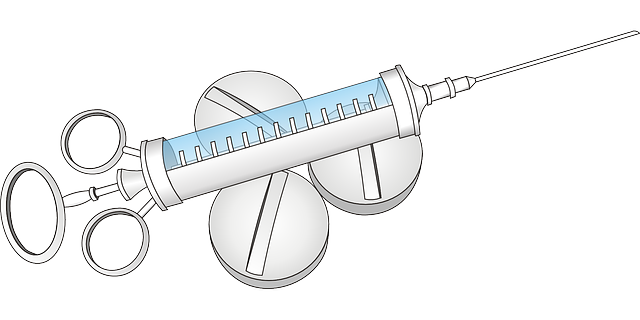
Ozone Treatment Eagle ID is a cutting-edge wellness trend offering natural health solutions. This th…….
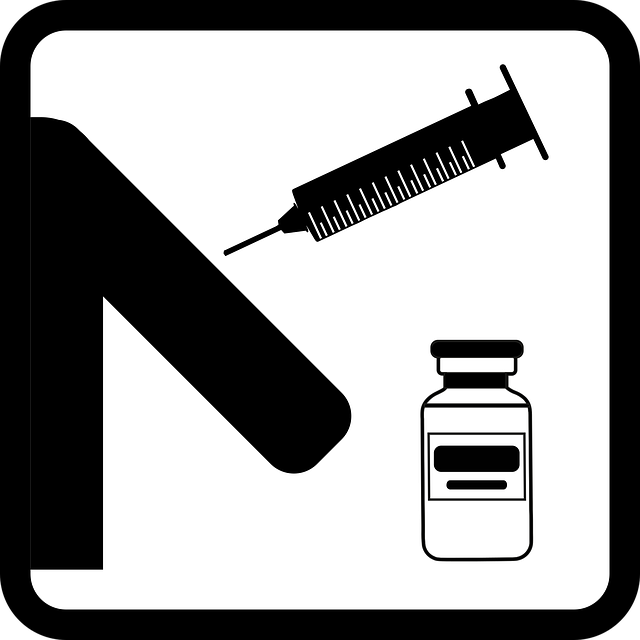
Ozone treatment, a natural gas (O3) therapy produced via an oxygen conversion process, is gaining po…….
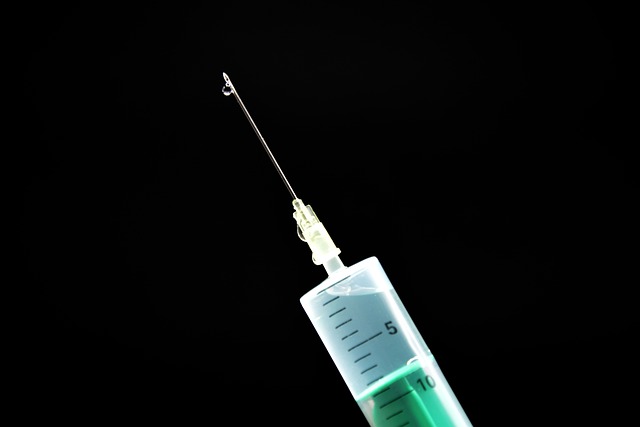
Ozone treatment in Eagle, ID, is a revolutionary wellness trend utilizing ozone gas as a potent anti…….